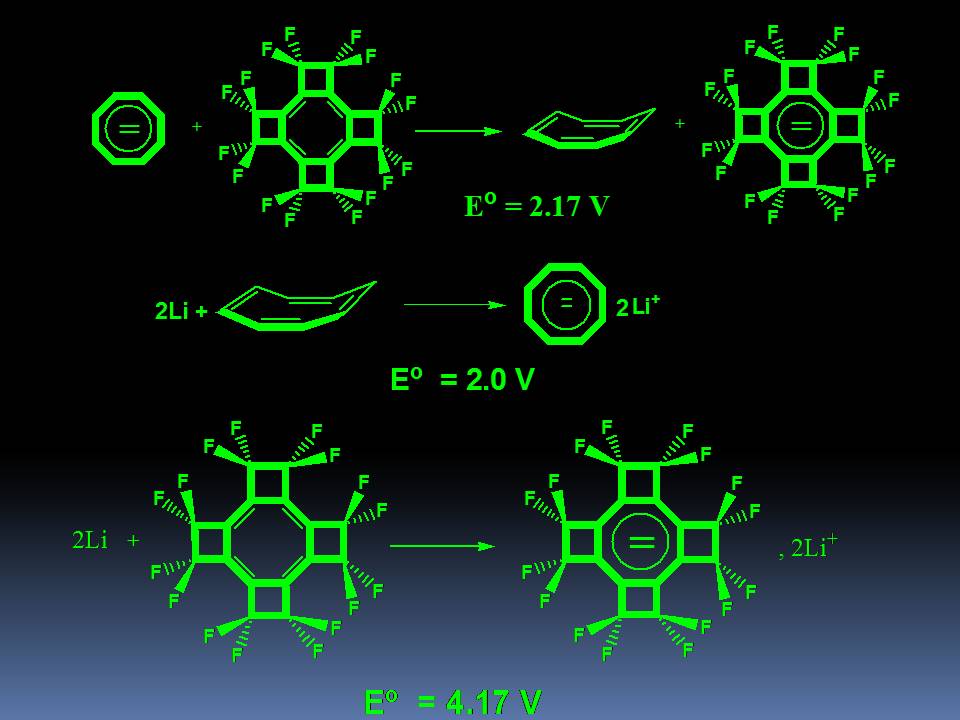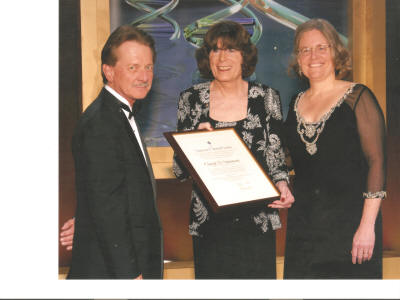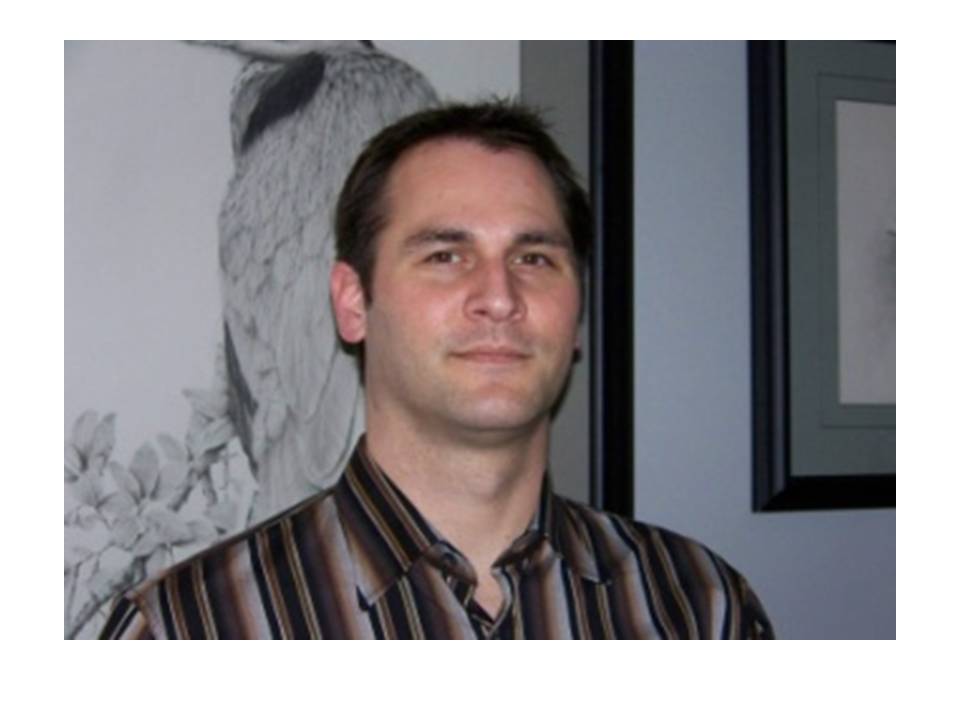PragmaChem is a LLC resulting from 36 years of academic research experience and accomplishments (see publication list) now applied to the solving of pragmatic problems of chemical significance in industry. Professor Cheryl Stevenson and a former research student, John Davis, have joined forces to establish PragmaChem. PragmaChem strives to bridge the gap between industry and academia by providing stream-lined development of the most promising technologies. To that end, PragmaChem works collaboratively with industry and other institutions to advance new technologies. Our portfolio focuses upon technologies that are sustainable, energy efficient, and environmentally friendly. Our current intense interest is in the commercial development of will become one of the most important and useful organic compounds in modern technology. This compound (perfluoro-tetracyclobuta-cyclooctatetraene) is shown below, and it represents is the most powerful organic oxidizing agent known to man-kind. This material will prove extraordinarily useful in battery technology, modern electronics, and new detection systems. Perfluoro-tetracyclobuta-cyclooctatetraene is a mouthful but we simply refer to it as PCOT. PCOT has a solution electron affinity sufficiently high to extract two electrons from metallic mercury.



The remarkable properties of PCOT (as alluded to in the above pictures) render it viable for a number of pragmatic applications. Stevenson and Davis (below) have used PCOT to design a simple inexpensive mercury detector, which is based upon the color and/or conductivity change(s) affected by the formation of the mercury-PCOT quadruple ion formed via two electron transfer that takes place when metallic mercury comes into contact with PCOT. The PragmaChem team has also been designing a variety of battery systems where cyclooctatetraene (COT) and PCOT serve as the cathode.


Dr. Cheryl Stevenson (cdsteve@ilstu.edu) is a Distinguished Professor of Chemistry at Illinois State University, where she has been for over 35 years. Stevenson has published over 170 scientific articles in the most prestigious journals. Over 60 of these articles appear in the Journal of the American Chemical Society. She also has an invited article in Accounts of Chemical Research (Stevenson, C. D. “Annulenylenes, Annulynes, and Annulenes” Acc. Chem. Res. 2007, 40, 703-711). Stevenson has won several awards including the Camille Dreyfus Teacher-Scholar Award, the 2002 Central Illinois Chemist of the Year award, the Stanford University Distinguished Women of Science Award, and the 2007 National American Chemical Award for Research at an undergraduate Institution.
John Davis (right [jperrind@hotmail.com]) has more than 10 years of experience in chemical research including 5 ACS publications in physical-organic chemistry. In particular, these publications involve molecular recognition, novel separation processes, and electronic effects in hydrocarbons. Additionally, John has more than eight years of direct experience in industry, and has provided support at olefins units throughout the US. Some clients have included Huntsman, Flint Hills Koch, ConocoPhillips, Celanese, National Starch, Lyondell, Equistar, Millennium, and Cabot. Most recently, John has received an award for helping the Oil Spill Recovery Institute (OSRI) solve a problem related to the clean-up of crude oil spills in Alaska. John is a triple award winner of Innocentive’s Open Source Innovation.
©copyright PragmaChem